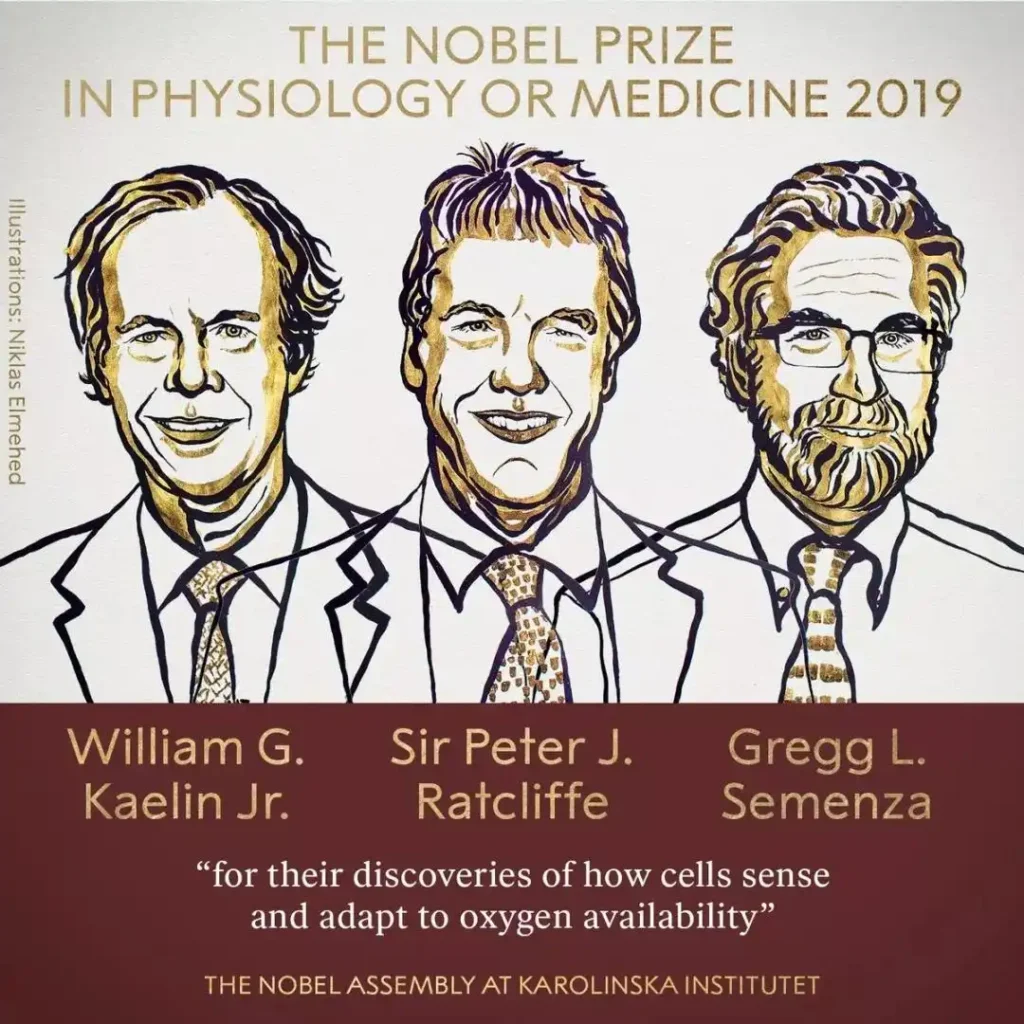-
WeChat/WhatsApp +86-17326121767
-
No.230, Zhongyang North Road, Gulou District, Nanjing, Jiangsu, China
Is Higher Pressure Always Better in Hyperbaric Oxygen Chambers?
Oxygen is fundamental to human health – evidenced by the 2019 Nobel Prize in Physiology/Medicine revealing its role in gene regulation and cellular metabolism. Aging, chronic diseases, and poor lifestyles reduce oxygen absorption, leading to hypoxia-linked conditions like cancer, heart disease, and stroke.

The Science of Oxygen Delivery:
Blood carries oxygen in two forms:
1、Hemoglobin-bound (majority at ~16ml/dL in normal air)
2、 Dissolved in plasma (critical for efficient tissue penetration)
Dissolved oxygen reaches capillaries faster and is more readily utilized by cells.
How Pressure Transforms Oxygen Therapy:
Hyperbaric chambers increase atmospheric pressure, boosting dissolved oxygen levels. This:
▶ Enhances oxygen diffusion into plasma and tissues
▶ Supports cellular functions even with reduced blood flow
▶ Improves metabolic efficiency
Pressure ≠ The Higher, The Better

*Medical-grade chambers treat specific conditions (e.g., non-healing wounds, radiation injury) but carry risks like barotrauma if misused.
Why Mild HBOT Gains Popularity?
Operating at safer pressures (typically 1.3-2.0 ATA), mild hyperbaric oxygen therapy:
• Belongs to wellness category (non-medical)
• Offers accessibility for home use Delivers benefits:
▶ Anti-aging & skin rejuvenation
▶ Fatigue reduction & better sleep
▶ Cognitive enhancement
▶ Metabolic optimization
Innovation in Mild HBOT Tech
Advanced chambers now integrate:
• Aerospace-grade pressure systems
• Smart environmental medicine designs
• Enhanced safety protocols
• Customizable configurations (e.g., multi-user units)
Key Takeaway:
Higher pressure isn’t superior – it’s about targeted applications. Medical HBOT requires strict supervision, while mild HBOT provides accessible, evidence-backed wellness benefits at lower pressures.
